Key Concepts - Food Security in India | Social Studies (SST) Class 9 PDF Download
| Table of contents |

|
| What is Food Security? |

|
| Why Food Security? |

|
| Who are Food-insecure? |

|
| Food Security in India |

|
| What is Public Distribution System (PDS)? |

|
What is Food Security?
Food security means that food is available, accessible, and affordable for everyone at all times.
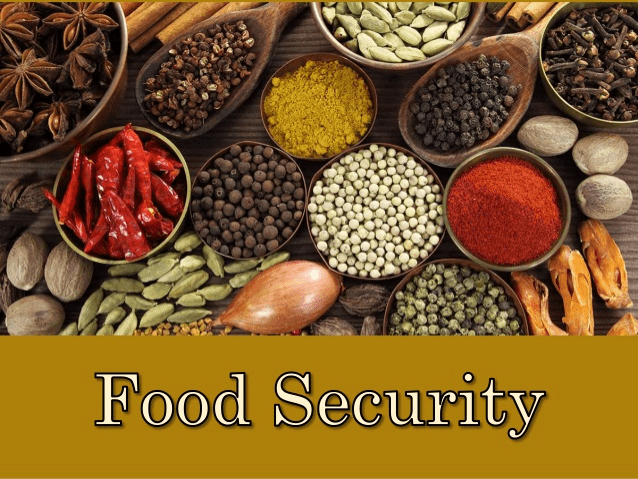
Why Food Security?
The poorest section of society might often face food insecurity. Even those above the poverty line can experience food shortages during national disasters like earthquakes, droughts, floods, tsunamis, or widespread crop failures leading to famine.
Who are Food-insecure?
In rural areas, the most affected individuals are:
- Landless and small farmers
- Destitute individuals
In urban areas, those facing food insecurity include:
- People in low-paid jobs
- Casual labourers
The National Health and Family Survey (NHFS) 1998-99 estimates that about 11 crore women and children are affected.
Food is as vital for life as air is for breathing. The stability of food security relies on the Public Distribution System (PDS) and the government's attentiveness and action when this security is threatened. Food security encompasses the following aspects:
- Availability: Food production within the country, imports, and stored stock from previous years.
- Accessibility: Food must be reachable for every person.
- Affordability: Individuals must have enough money to buy safe, nutritious food to meet their dietary needs.
In the 1970s, food security was defined as the 'constant availability of adequate supplies of essential food items' (UN, 1975). Amartya Sen introduced a new aspect to food security, highlighting the importance of 'access' to food through what he termed 'entitlements' — a mix of what can be produced or exchanged in the market and what is provided by the state or society.
Therefore, food security in a country is achieved only if:
- There is enough food for everyone.
- All individuals can buy food of acceptable quality.
- There are no barriers to accessing food.
Hunger
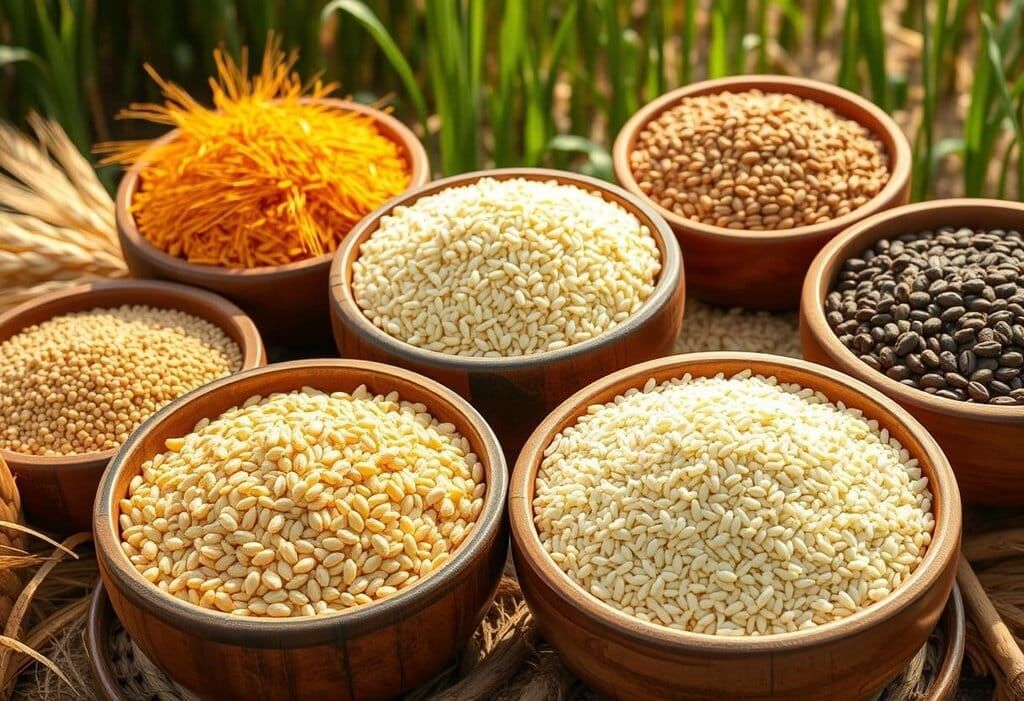 Food Grain Self-sufficiency
Food Grain Self-sufficiency
- According to the National Health and Family Survey (NHFS) 1998-99, about 11 crore women and children are affected.
- Food insecurity is particularly severe in certain areas:
- Economically disadvantaged states
- Tribal and remote regions
- Areas prone to natural disasters
- States with the highest number of food insecure individuals include:
- Uttar Pradesh (eastern and south-eastern parts)
- Bihar
- Jharkhand
- Orissa
- West Bengal
- Chhattisgarh
- Parts of Madhya Pradesh and Maharashtra
- Hunger is a key indicator of food insecurity, not just a sign of poverty; it can actually worsen poverty.
- Achieving food security requires:
- Ending current hunger
- Reducing future hunger risks
- There are two types of hunger:
- Chronic hunger results from diets that are consistently inadequate in quantity or quality, often due to low income.
- Seasonal hunger is linked to the farming season, affecting rural areas during planting and harvest times and urban casual workers during rainy seasons.
Need for Self-sufficiency in Food Grains
 Green Revolution Agriculture
Green Revolution Agriculture
Since gaining Independence, our government has recognised the need to become self-sufficient in food grains, particularly after the serious food shortages following partition in 1947. The need for self-sufficiency stems from the following reasons:
- To provide food for the increasing population, which includes many people facing hunger.
- To address issues like droughts, floods, and cyclones.
- To lessen the reliance on imported food grains.
After Independence, Indian policymakers took various steps to ensure self-sufficiency in food grains. This included a new agricultural strategy leading to the 'Green Revolution', particularly in wheat and rice production. Indira Gandhi, who was Prime Minister at the time, highlighted the significant achievements of the Green Revolution by issuing a special stamp named 'Wheat Revolution' in July 1968.
The rates of seasonal and chronic hunger in India have decreased, showing progress in food security.
Hunger is often linked to poverty. Thus, achieving food security means not only addressing current hunger but also reducing the risk of future hunger.
Food Security in India
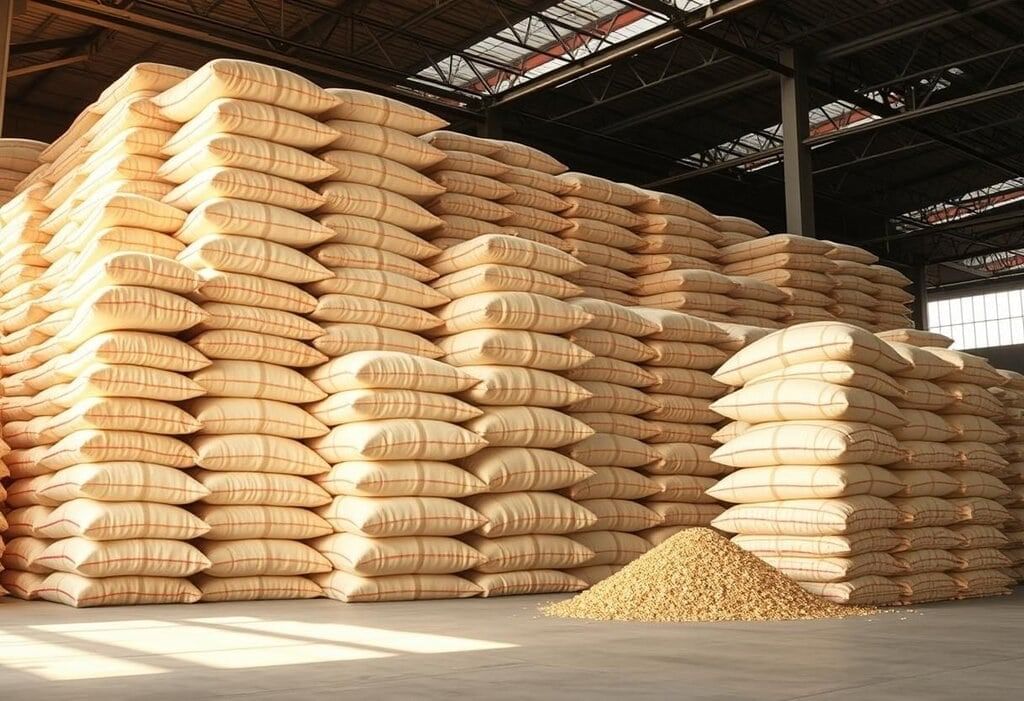 Food Grains Stockpile
Food Grains Stockpile
Since the beginning of the Green Revolution in the early 1970s, India has successfully avoided famine, even under difficult weather conditions. Over the past 30 years, India has achieved self-sufficiency in food grains by cultivating a variety of crops across the nation. The Indian government has established a food security system, which consists of two key components: (a) buffer stock and (b) public distribution system. This system includes:
- Buffer stock
- Public distribution system
The Public Distribution System (PDS) is the most significant initiative by the Government of India (GoI) to ensure food security. Alongside the PDS, several poverty alleviation programmes have been launched that include food security aspects. Some of these programmes are:
- Integrated Child Development Services (ICDS)
- Food-for-Work (FFW)
- Mid-Day Meals
- Antyodaya Anna Yojana (AAY)
The National Food Security Act, 2013 ensures food and nutritional security at affordable prices, allowing individuals to live with dignity. Under this act, 75% of the rural population and 50% of the urban population are identified as eligible households for food security.
Additionally, various cooperatives and NGOs are actively contributing to this effort. People living below the poverty line may face constant food insecurity, while those who are better off might also experience food insecurity due to disasters or emergencies.
What is Buffer Stock?
- Buffer stock refers to the reserve of food grains, specifically wheat and rice, that the government acquires through the Food Corporation of India (FCI).
- The FCI purchases these grains from farmers in regions with excess production.
- Farmers receive a predetermined price for their crops, known as the Minimum Support Price (MSP).
- The MSP is announced annually before planting season to encourage farmers to increase crop yields.
- Once purchased, the grains are stored in granaries.
- The government creates this buffer stock to:
- Distribute food grains in areas with shortages.
- Provide assistance to low-income families at prices lower than the market rate, referred to as the Issue Price.
- Mitigate food shortages during bad weather or disasters.
What is Public Distribution System (PDS)?
 Food Grain Stock
Food Grain Stock
- The food obtained by the FCI is distributed via government-controlled ration shops to support low-income families, known as the Public Distribution System (PDS).
- Ration shops, or Fair Price Shops, stock food grains, sugar, and kerosene.
- These items are sold at prices below market rates.
- Families with a ration card can purchase a specific quantity of these goods each month, such as:
- 35 kg of grains,
- 5 litres of kerosene,
- 5 kgs of sugar.
- There are three types of ration cards:
- Antyodaya cards for the poorest individuals;
- Below Poverty Line (BPL) cards;
- Above Poverty Line (APL) cards.
Kinds of Ration Cards
 Ration Card Types
Ration Card Types
There are three kinds of ration cards:
- Antyodaya cards for the poorest of the poor,
- BPL cards for those below the poverty line and,
- APL cards for those above the poverty line.
Three Important Food Intervention Programmes
The system of rationing in India started in the 1940s due to the Bengal famine. It was brought back in the 1960s during a severe food shortage, just before the Green Revolution. Because of high poverty levels reported by the NSSO in the mid-1970s, three key food intervention programmes were established:
- Public Distribution System (PDS) for food grains (which was improved after being in place earlier);
- Integrated Child Development Services (ICDS) (started in 1975 as a trial);
- Food-for-Work (FFW) (launched in 1977-78).
In 2000, two special programmes were introduced: Antyodaya Anna Yojana (AAY) and Annapurna Scheme (APS), aimed at the poorest and needy elderly, respectively. These schemes were connected to the existing PDS network.
Excessive Food Stocks
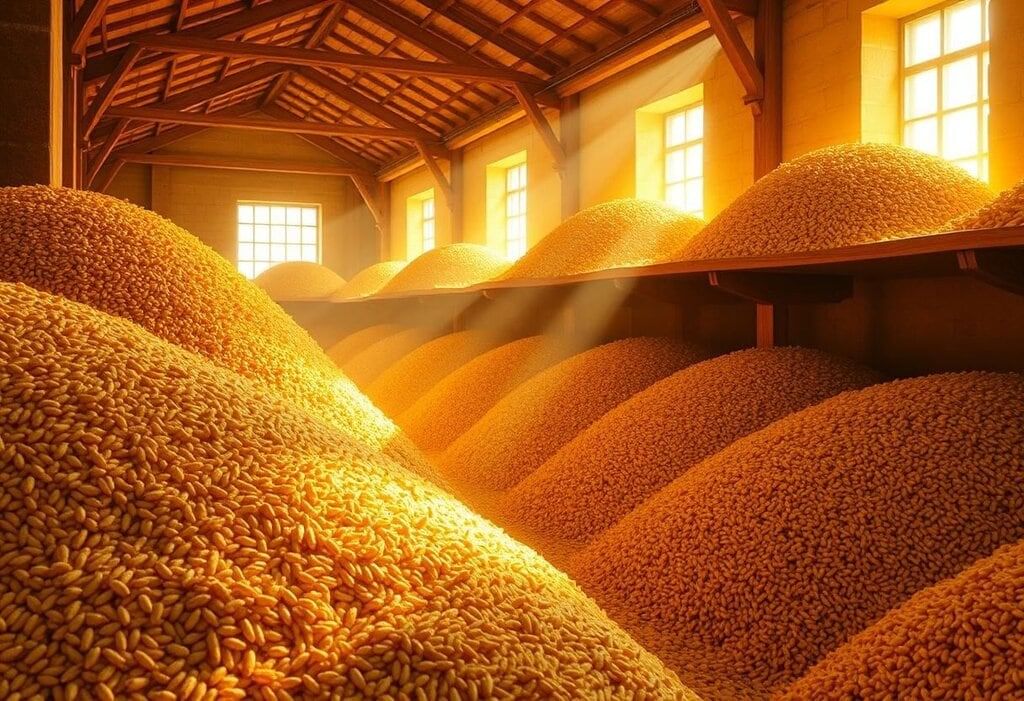 Overflowing Food Granaries
Overflowing Food Granaries
- In July 2002, the stock of wheat and rice with FCI was 63 million tonnes, confirmed by the source.
- In 2022, the stock of wheat and rice with the Central pool is 159 LMT of wheat and 104 LMT of rice, which was much more than the minimum buffer norms.
- These stock levels consistently remained above the buffer norms.
- There is a general consensus that high levels of buffer stocks of foodgrains are very undesirable and can be wasteful.
- The storage of massive food stocks has been responsible for high carrying costs, in addition to wastage and deterioration in grain quality.
Paradox of Excess Stocks and Starvation
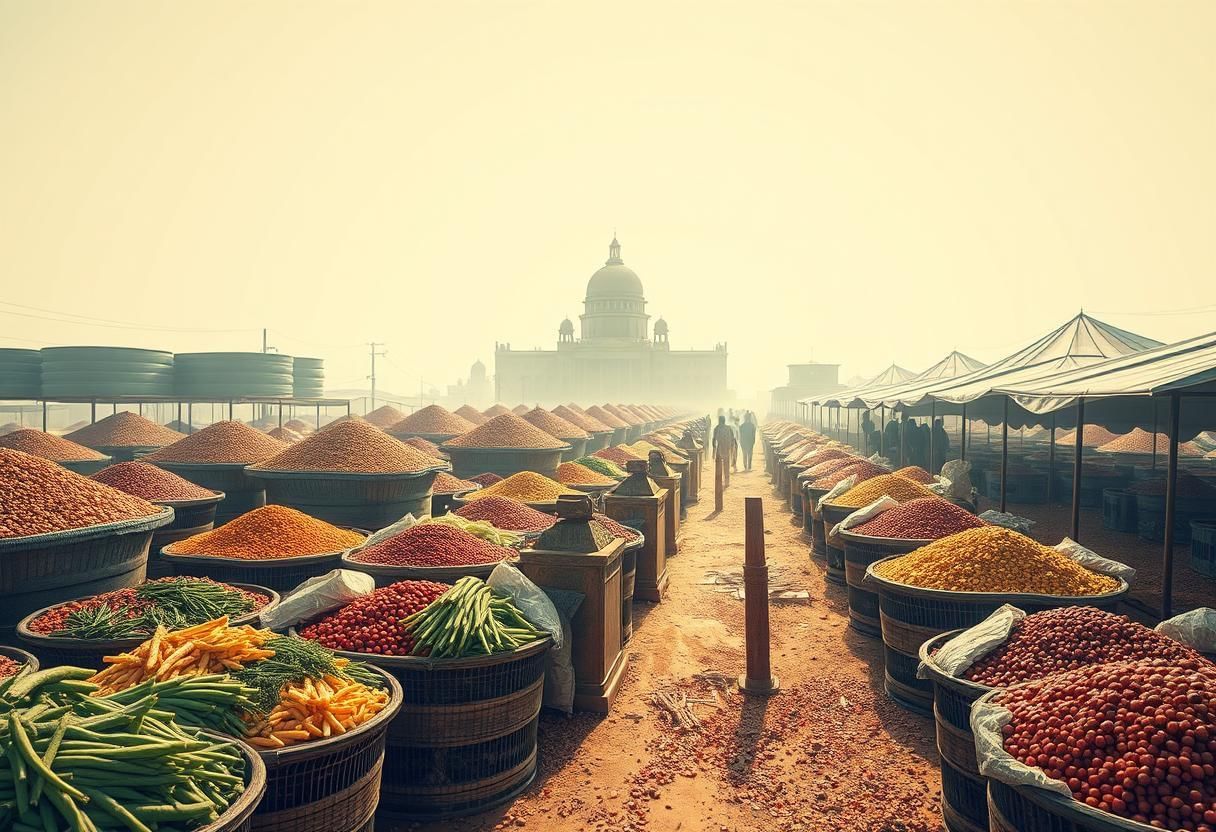 Full Granaries, Empty Plates
Full Granaries, Empty Plates
- India is in a confusing situation where government stores are filled with extra food, yet many people are still hungry.
- The situation has improved due to the distribution of foodgrains under various government schemes.
- Food insecurity is particularly high in certain areas, like economically disadvantaged states, tribal regions, and areas prone to natural disasters.
- Many agree that having a large amount of buffer stocks of foodgrains is not ideal and can lead to waste.
- Storing such large food stocks results in high carrying costs, along with waste and a drop in grain quality.
- The Minimum Support Price (MSP) significantly affects the food security system.
|
55 videos|525 docs|78 tests
|
FAQs on Key Concepts - Food Security in India - Social Studies (SST) Class 9
| 1. What is food security? |  |
| 2. Why is food security important? |  |
| 3. Who are considered food-insecure? |  |
| 4. What is the Public Distribution System (PDS)? |  |
| 5. What are some key concepts related to food security in India? |  |
















